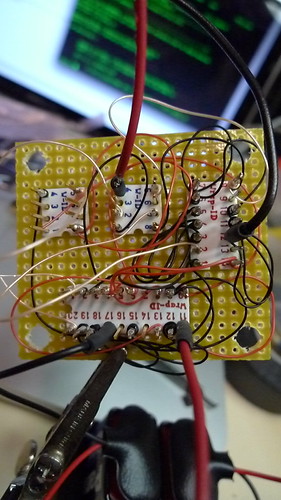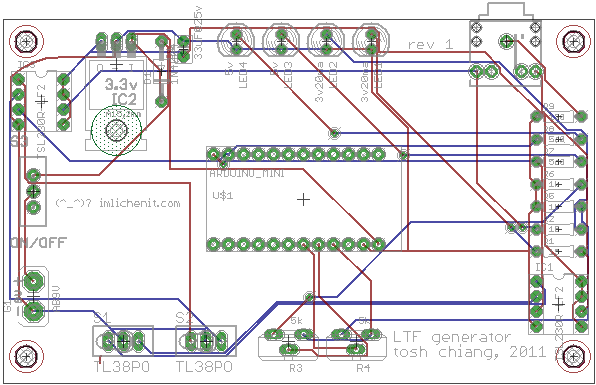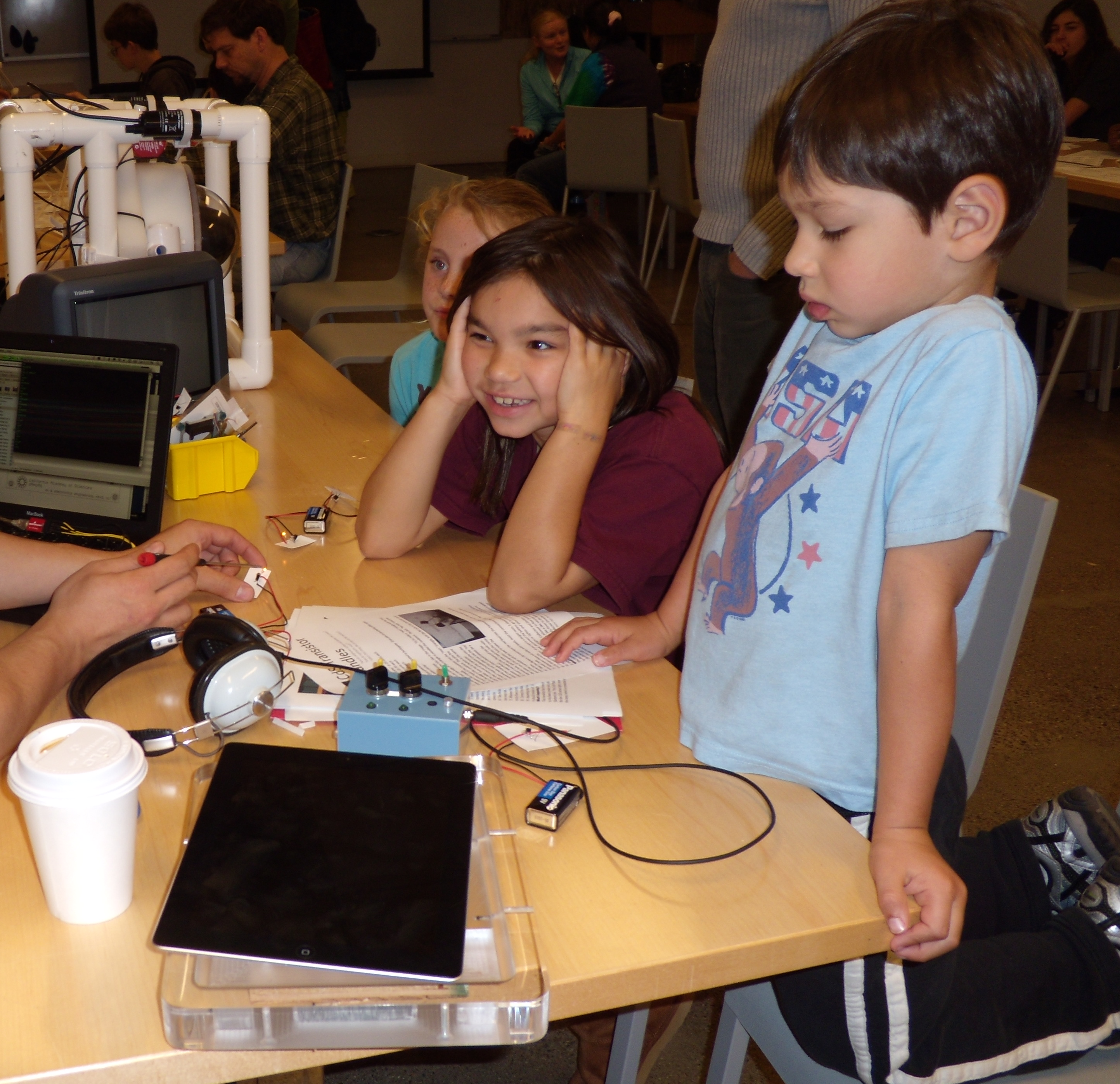
Well, no, its not a Transformer, but it does have an inductor!
Everynow and then you get an email out of the blue, which just makes you happy:
"Please construct submersible sound target to use for Pajama Shark training"
Well, it was exciting because the application is fun! The device needed to be water-proof, and operate below a range of 375hz. (this link explains why!)
The sealed pvc staff itself contains an Atmel attiny13 and a utility 2 watt audio amp. Previous incarnations of this device utilized a cd 4093, and then an arduino for the pulse trains. However, this version is intended for pcb's. Therefore, we used this opportunity to prototype a utility amplifier/function generator with all the benefits of programmable mcu control! The output of the device is an induction driver, or "exciter." Essentially, we're using the PVC pipe as our speaker. Once ready to go, the capsule was filled with desiccant and bubble packing to keep everything dry and stable.
We'll see how well the sharks salivate!
Here you can see the driver attached to the end of the tube capsule:

The wire-wrapped side of the proto:

And a shot of the toggle switch (don't mind the excess silicone!)

Update:
There are now two of these devices in use, and both are based on the PCB version of the prototype! The sharks were recently (late july 2012) released on to live display, and have successfully associated the audio tone with a midnight snack :) Here's a a bit of coverage from local ktvu.





